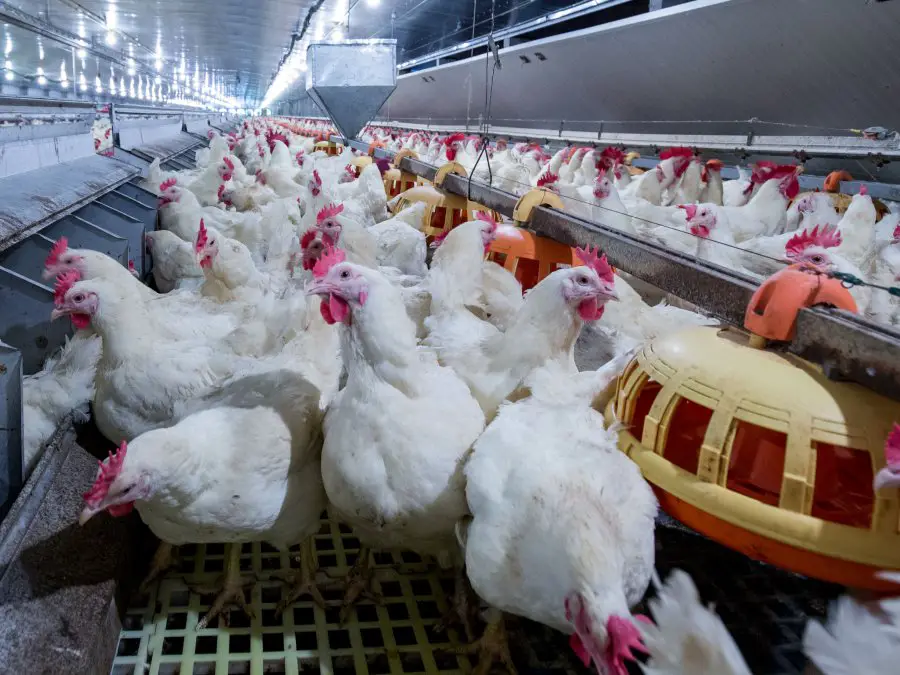Asian Wet Markets Bring Up The Question: How Safe Are America’s Factory Farms?
Tags: News

The coronavirus outbreak has largely been blamed on a wet market in Wuhan, China, from where the disease is thought to have crossed over from animals to humans – yet American factory farms have hygiene problems of their own.
Earlier this month, lawmakers in the United States called for a global ban on these live, wild animal markets, which are mainly situated in Asia.
There have also been racist attacks directed at Chinese and Asian people. President Donald Trump even called Covid-19 the “China virus”.
Read more: Biodiversity Experts Issue Chilling Caution: Destruction Of Nature Will Lead To More Pandemics
America has its own issues with unhygienic factory farms
However, there is a sentiment that American authorities are being hypocritical in criticizing countries like China. That they are overlooking their own problems: that meat produced in factory farms is genetically uniform, immuno-compromised, and that animals are packed by the thousands into tight buildings and cages.
“This call for a ban comes from cultural differences often mixed with prejudice,” said Kartini Samon, a Jakarta-based advocate with for non-profit organization Grain. “Wet markets are very common and have a long history in many places in Asia.”
So just how safe and hygienic are America’s factory farms? Not very, according to an EcoWatch report which cited data from the Center for Disease Control.
According to their stats, an estimated 48 million people are struck down each year by food-borne illnesses. Of those, 128,000 people are hospitalized and 3,000 die.
How much regulation is really applied?
The U.S federal government does do some regulating of factory farms. Yet many remain unsanitary and cramped, with horrific conditions not only for the animals, but also the workers.
“No federal agency collects consistent and reliable information on the number, size and location of large-scale agricultural operations, nor the pollution they’re emitting,” read part of the Ecowatch report.
In such tight spaces, it’s easy to see how diseases could quickly jump from animals to humans. Stress weakens animals’ immune systems further and bacteria such as E. coli and Salmonella can thrive and easily be passed on to consumers even after the slaughtering process.
In one reported case study, over 150 food safety and hygiene violations were found on average in a single week. And in a two year period between 2015 and 2017, there were 15,000 violations.
These transgressions included meat which was contaminated by blood, septicemia disease and faeces.
With the government seemingly unable or unwilling to enforce more stringent regulations, the answer may lie with consumer education. So they can be aware of and question where their meat is coming from and what farm conditions are like.
Image credit: Chayakorn Lot
Leave Comment: